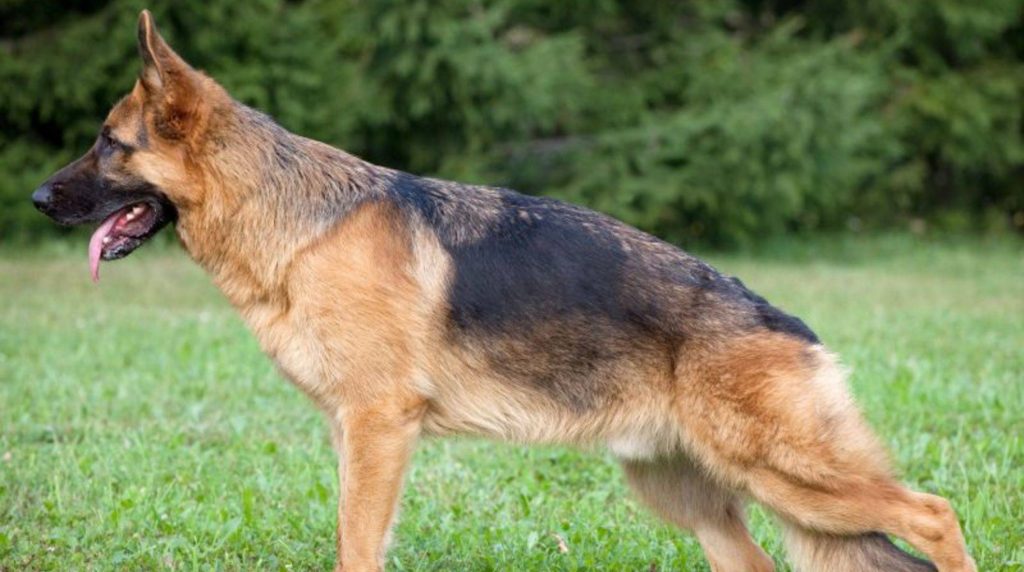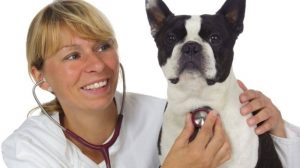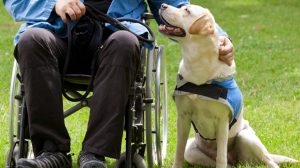How and when symptoms of hip dysplasia are noticed in a diseased dog can vary widely. Various factors play a role in the development and severity of the disease.

With hip dysplasia, the animal’s femoral head fits loosely in the hip socket, creating friction and wearing down bone and cartilage over time. While the disease is mostly congenital, its signs are not usually present from the start. How to recognize them.
Hip dysplasia: Symptoms vary in severity
When the symptoms of the disease appear or begin to worsen varies and depends, for example, on the housing conditions of the dog. Improper diet and unfavourable stresses aggravate them, and the animal’s age can also play a role.
If the affected dog is still young, depending on the severity of the disease, it is often complicated even to discover it. It would help if you reacted sensitively to symptoms that affect your four-legged friend’s willingness to move. If he lies down a lot and seems unwilling to be taken for a walk, a trip to the vet is just as sensible as if he is lame.
HD in older dogs
Owners of older dogs with HD tend to experience more severe symptoms. Your pets suddenly don’t want to go any further on the walk. They move unsteadily on their feet, adopt an unusual posture with a tilted pelvis or tend to hop at faster paces. Even crunching and cracking noises can sometimes be heard. Older affected dogs find it increasingly difficult to get up, especially in the morning.
Pain leads to attempts at relief.
Because of the pain, dogs affected by HD usually try to relieve the painful joint. The back leg muscles can degenerate and make it even more difficult for the animal to walk. A small vicious circle develops.
Have you suspected hip dysplasia? Go to the vet as early as possible.
You must consult a veterinarian as quickly as possible if you have persistent symptoms or suspect HD. He can examine what is wrong with your dog and make an accurate diagnosis. If your suspicion is confirmed, the doctor will work with you to determine a treatment method to make your pet’s pain more bearable as quickly as possible.








